Moroccan Essentials
a
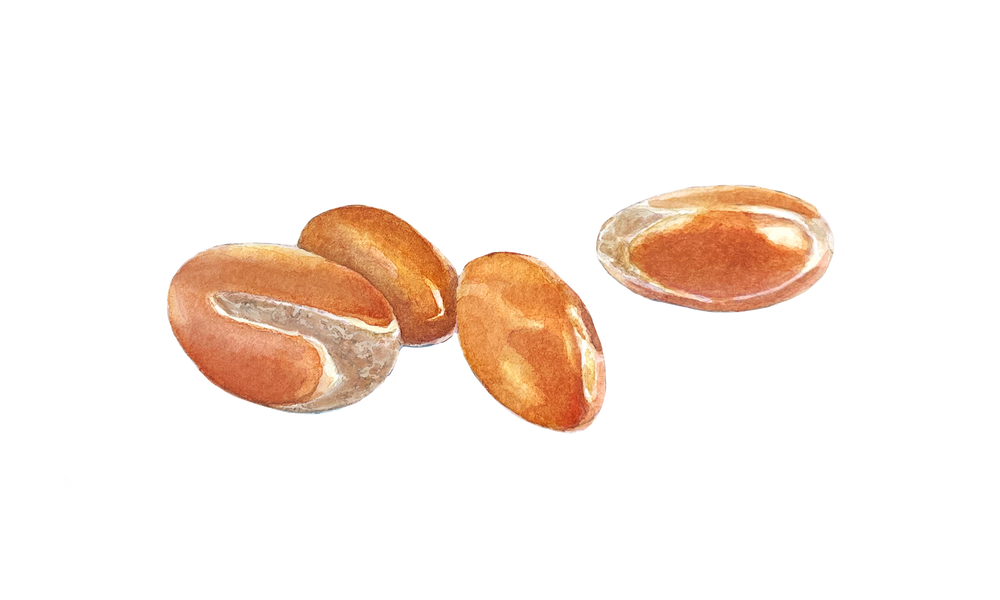
ARGAN OIL
In the western world, argan oil is primarily a cosmetic ingredient applied topically to hair and skin. But in Morocco, where it is known as “liquid gold,” its purposes are first and foremost culinary. While cosmetic argan oil comes from argan tree nuts that have been picked and pressed, culinary argan oil is only extracted after the nuts have been roasted. The roasting process imparts a rich, nutty flavor that is the cornerstone of Moroccan mainstays such asamlou, an almond butter made of toasted almonds, argan oil, and honey. Argan is also used to enhance couscous, salads, and a variety of other Moroccan dishes.
b
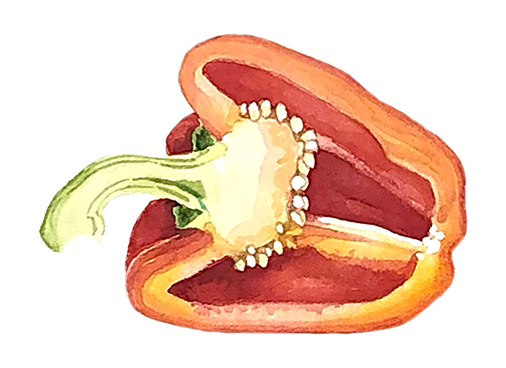
BELL PEPPERS
With their bright color and subtle flavor, bell peppers are hugely versatile. In Moroccan cuisine, they’re often grilled or roasted for warm and cold salads, blended into harissa to mellow the heat of the chili pepper, and sliced and cooked with classic Moroccan fish.
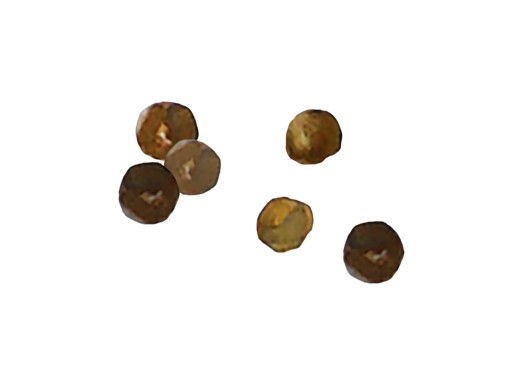
BLACK PEPPER
A staple in spice cabinets around Morocco (and the world), black pepper has a delicate heat that naturally accentuates other flavors and builds in intensity with each spin of the grinder. In Morocco, ground black pepper is typically added early so its heat is tamed by the cooking process. The all-purpose seasoning is essential to such Moroccan dishes as lamb or beef tagine and chicken with preserved lemon and olives.
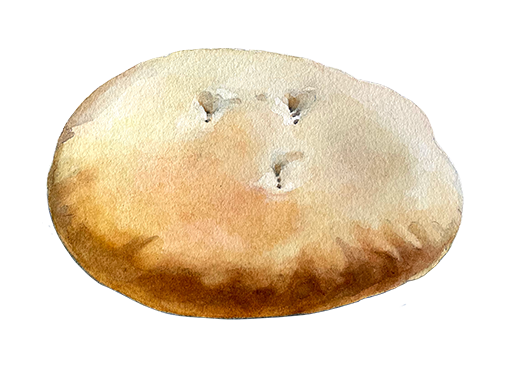
BREAD
Bread (orkhobz, as it is known in Morocco) is vital to Moroccan life. One of the country’s staple foods, bread is served with breakfast, lunch, and dinner (couscous dishes are the only exception). Moroccans tear bread with their hands and eat it on its own, dipped in olive oil, or as a way to mop up sauce.
c
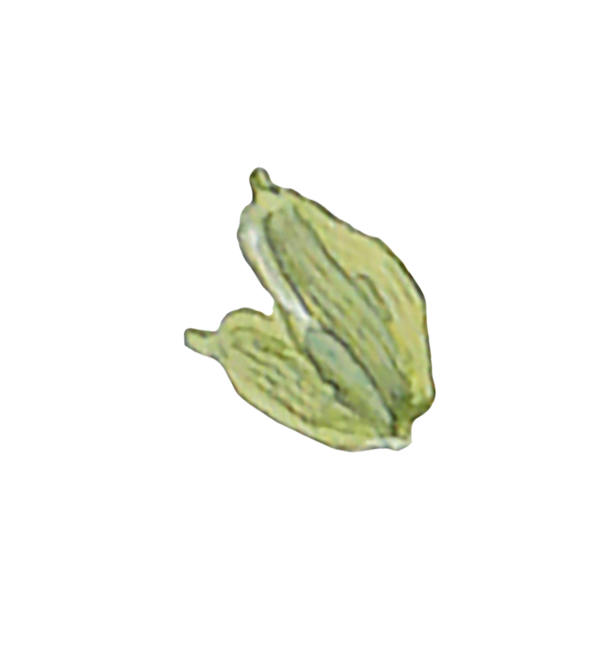
CARDAMOM
Defined by faint notes of mint, pepper, and lemon, cardamom is a sweet-or-savory spice beloved in Arabic cooking. It’s an important element to slow-cooked tagines, along with turmeric, cumin, ginger, and cinnamon. Cardamom pairs especially well with orange, as seen inghriba, a popular orange-cardamom cookie found all over Morocco, and is also used to add complex flavor to coffee andras el hanoutspice blends.
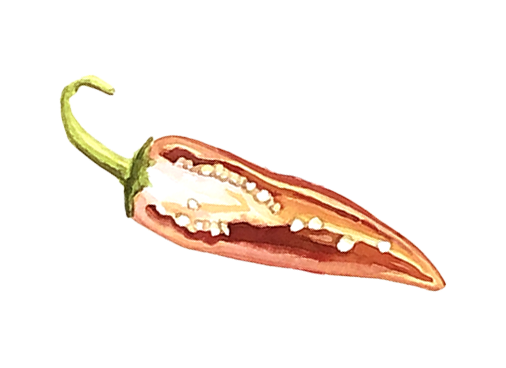
CHILI PEPPER
This bold aromatic adds a surge of heat to anything it touches. It’s the foundation of Morocco’s riotously flavorful harissa and is used as a fiery addition to Moroccan couscous, which is topped with additional chili peppers for an extra kick of heat.

CILANTRO
While many cultures simply use fresh cilantro to embellish food, the herb is a major component in Moroccan cuisine. It’s featured in all fish and seafood dishes, and is one of the main ingredients in chermoula, Morocco’s all-purpose marinade, andharira, a hearty Moroccan soup. It is also used in salads, bean stews, and tagines as a bouquet garni to add its mellow earthy flavor.
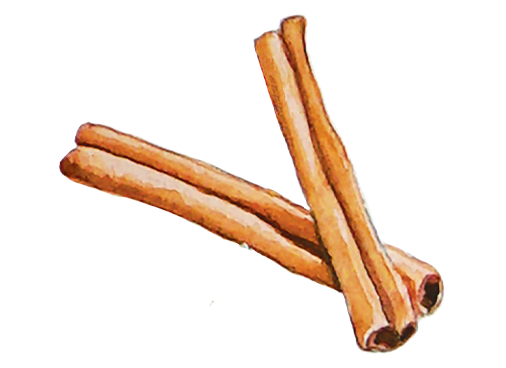
CINNAMON
Cinnamon is central to Moroccan cuisine. Its warm, fragrant, and comforting kick works beautifully in both savory and sweet dishes, from tagines andharira(classic tomato, chickpea, and lentil soup) tochebakia(Moroccan sesame cookies with honey) andbastilla, a flaky pie filled shredded chicken, saffron, ginger, eggs, and ground almonds seasoned with cinnamon and orange flower.
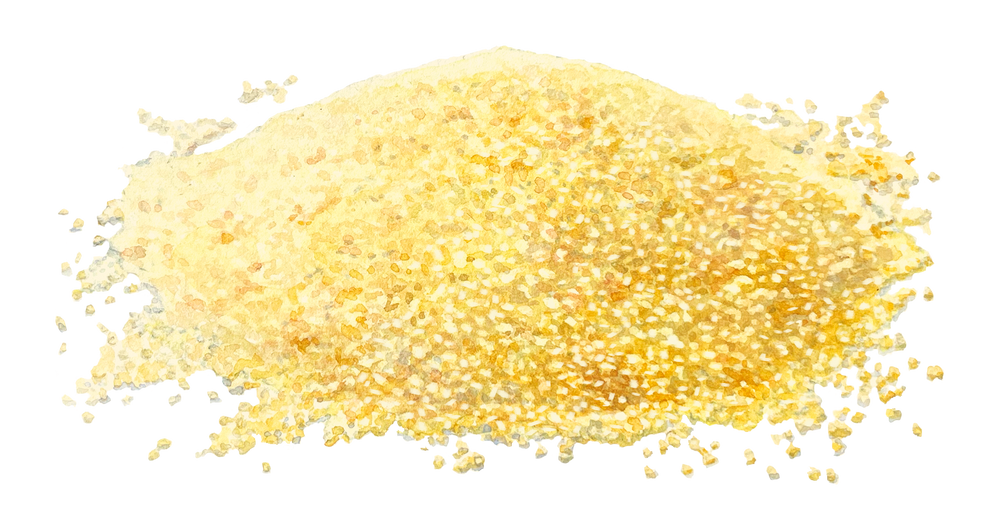
COUSCOUS
Couscous is more than just a staple of Moroccan cuisine; it is the crown jewel. Though it is often mistaken for a whole grain, couscous is traditionally made by hand-rolling semolina flour into a pellet-shaped pasta (it can also be made from grains such as whole wheat and cracked barley). It is then placed in a two-part Moroccan pot called acouscousier, where it is triple steamed to light, tender, and fluffy perfection. Couscous is also widely available pre-rolled, pre-cooked, packaged, and ready to prepare in just a few minutes. Whether instant or made the traditional way, couscous makes a wonderful and nutritious base for a huge variety of meats and vegetable dishes (a favorite isTfaya, with chicken, caramelized onions, and raisins seasoned with ginger, cinnamon, and saffron), though it is delicious with justsmen(Moroccan preserved butter) or olive oil.
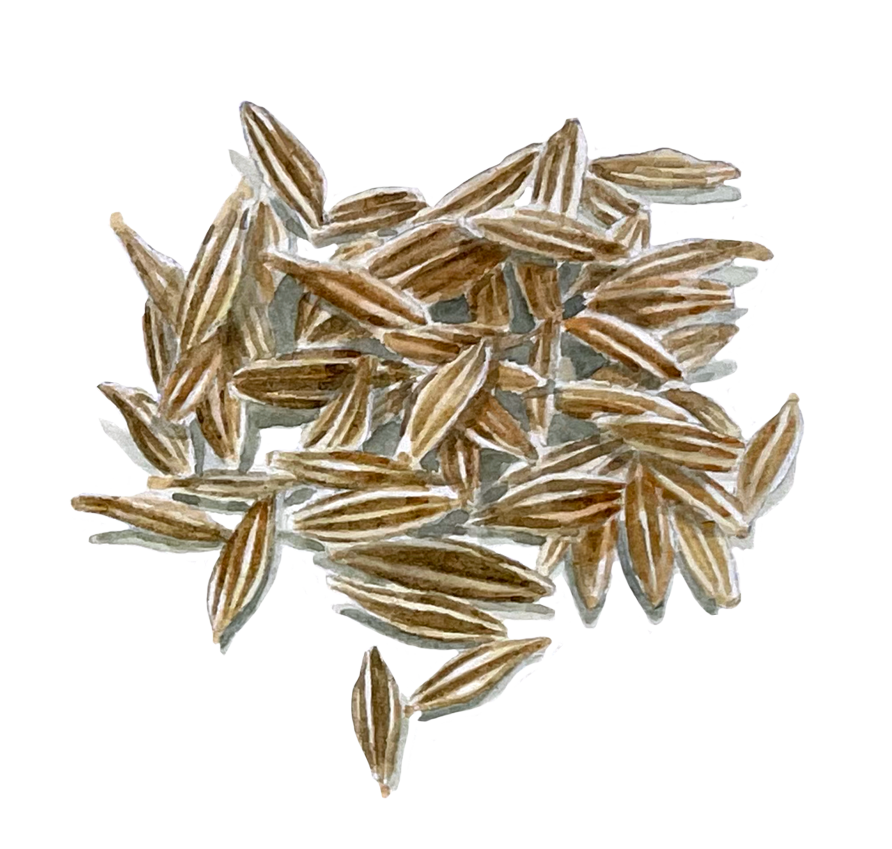
CUMIN
Ground cumin and seeds add a nutty, earthy complexity and are essential to Moroccan cooking, where the spice is used in salads, tagines, grilled meats, soups, and bean dishes. Cumin is integral to countless Moroccan dishes, includingaddis, a cumin-spiked lentil stew, and Tangia Marrakchia (not to be confused with tagine), a Marrakesh dish made with lamb or beef slow-cooked in a vase-shaped clay pot with garlic, saffron, preserved lemon, andsmen(Moroccan preserved butter).
g
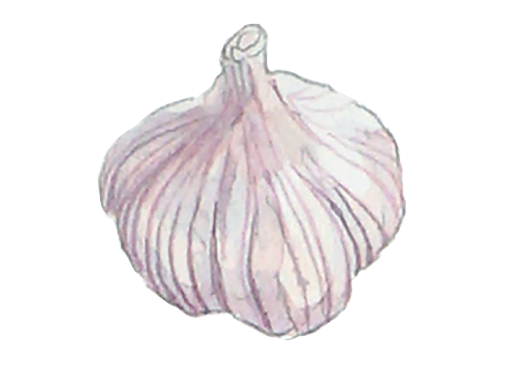
GARLIC
Garlic is one of Moroccan cuisine’s most-used ingredients. Used in Moroccan tagines, stews, bean dishes, and salads, garlic (and its signature tang) is fundamental to chermoula, the national Moroccan marinade traditionally served with fish and seafood.
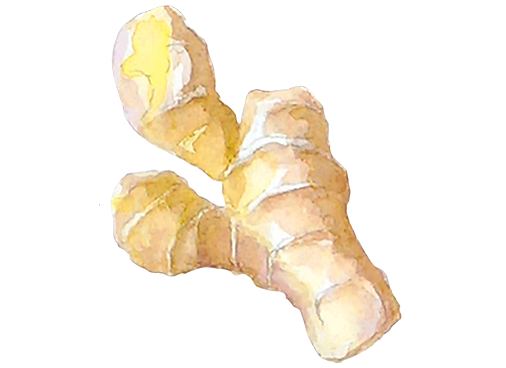
GINGER
A crucial component in Moroccan cuisine, ginger instantly zips up recipes with its wonderful fragrance and warm, one-of-a-kind taste. Ginger appears in every traditional Moroccan tagine, stew, and soup, including classic Moroccan chicken tagine with preserved lemons and olives (ginger is the main spice in our chicken tagine simmering sauce). Ground ginger is also a popular baking spice, often used alongside cardamom and cinnamon.
m
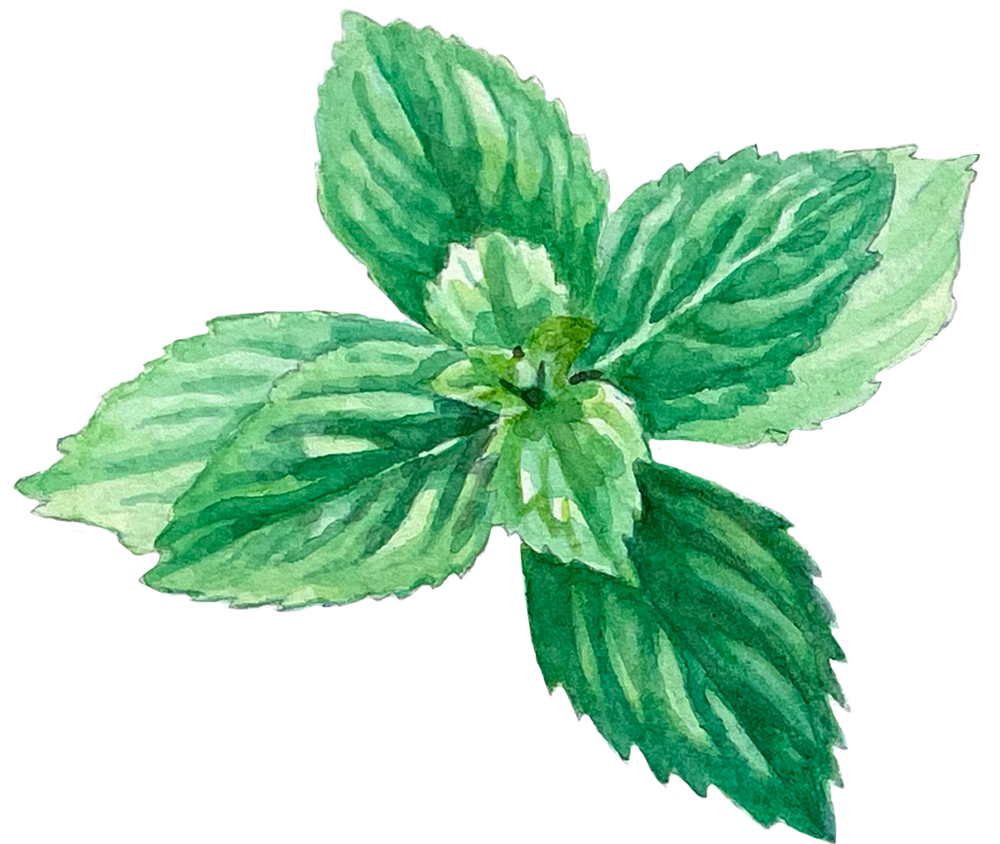
MINT
Mint is indispensable to Moroccan cuisine and culture. Drinking tea, almost always with a handful of freshly cut mint leaves, is deeply embedded in local everyday life. The native nana mint tea has traditionally been used in Morocco for centuries to aid digestion, help rid the body of toxins, and calm the mind and body. The herb also pairs beautifully with lamb and other ground meats and lends its cooling quality and bright herbal flavor to marinades and many other recipes.
n
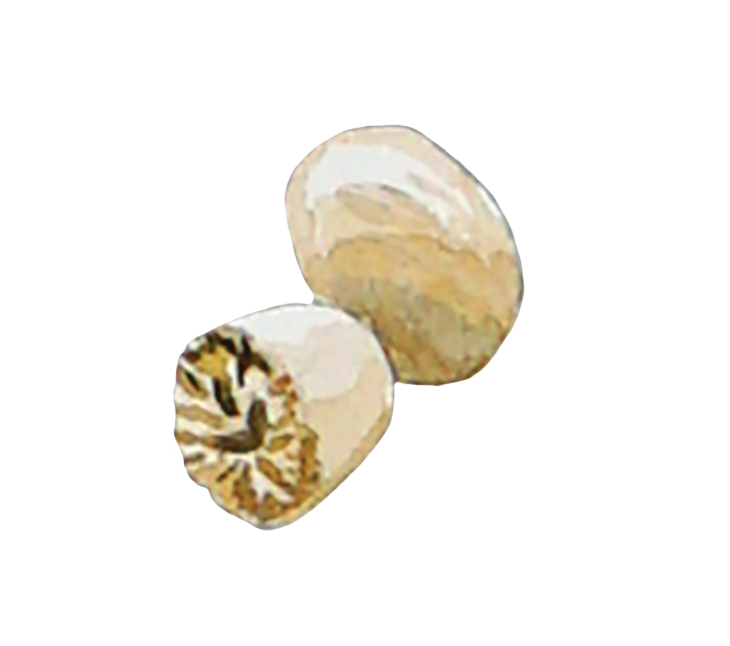
NUTMEG
Calledguzain Moroccan, nutmeg imparts its nutty flavor toras el hanout, the famous fragrant spice blend found at every spice shop in Morocco (spice mixers keep the exact recipes of their mixtures a closely guarded secret). Both nutmeg and mace come from the inner seeds of the nutmeg tree, an evergreen native to the Spice Islands.
o
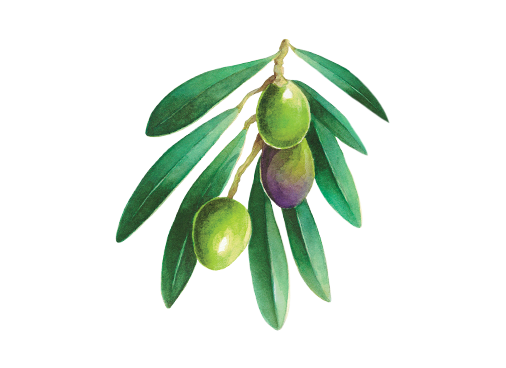
OLIVE OIL
Olive oil is perhaps the most essential ingredient in Moroccan culture. It’s used in practically every Moroccan dish, from tagine and chermoula to pastries and cakes, and is even served alone as a dip for bread. In addition to heart-healthy benefits, extra-virgin olive oil delivers a rich, delicious taste.

OLIVES
Moroccan olives range from mild green picholine and tender purple beldi to the intense black olives cured in sea salt and coated with olive oil. With their wonderful salinity and meaty texture, olives are delicious on their own or in salads, stews, and tagines, especially in classic Moroccan fish and chicken tagine with preserved lemons. In Morocco, olives are always served as a table snack or a starter.
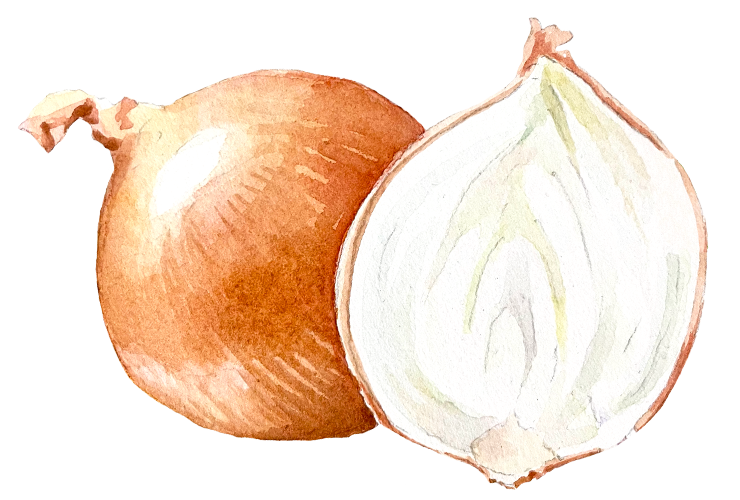
ONION
Every Moroccan kitchen has a stash of onions. Onions appear in recipes for everything from salads to tagines and are also the cornerstone oft’faya, a classic Moroccan garnish of caramelized onions with raisins, ginger, turmeric, saffron, and cinnamon, traditionally served over meats and couscous. Moroccans use cooked-down onions to add richness to tagine sauce instead of butter, cornstarch, or flour.
p
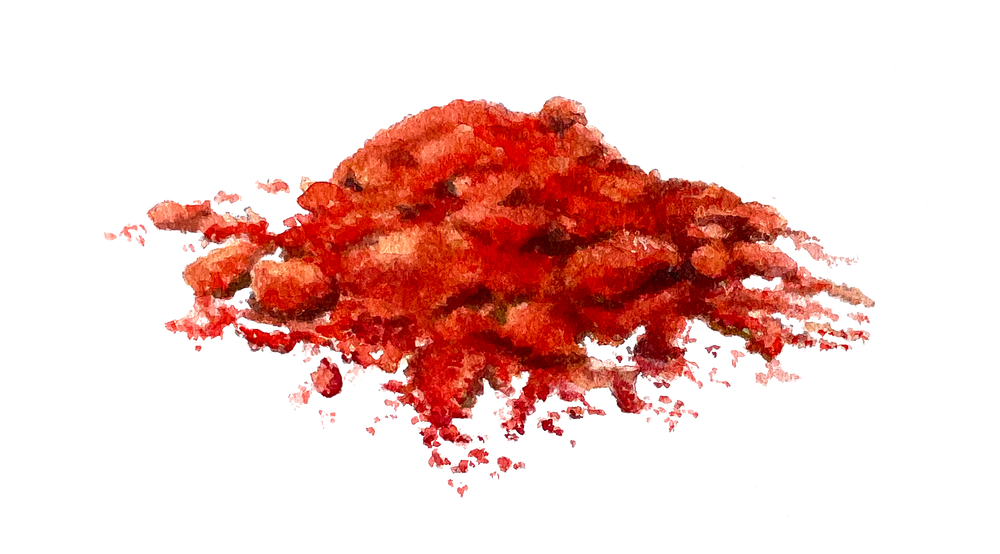
PAPRIKA
Made from dried sweet red peppers, paprika is used in Morocco to season meat, cooked salads (includingzaalouk, Morocco’s celebrated eggplant and tomato salad), bean dishes, some stews, and soups. Moroccans favor the mild sweet paprika, which gives a delicious flavor without the devilish heat of hot paprika. The ingredient is valued for its vivid red color, tasty kick, and versatility.
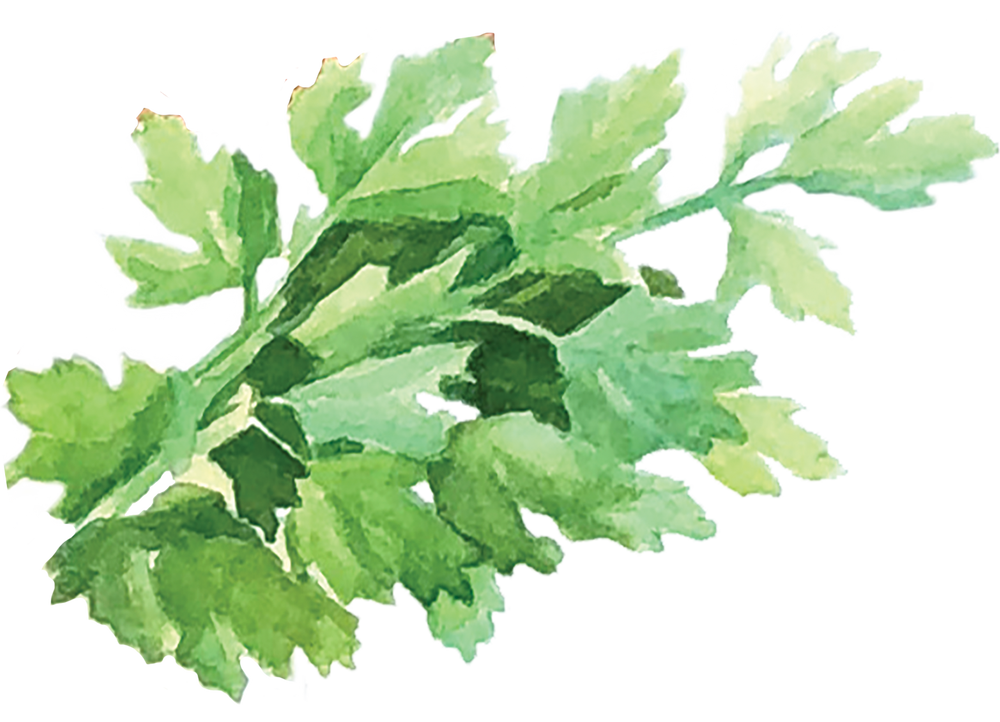
PARSLEY
It is not unusual to find Moroccan recipes calling for several handfuls of fresh parsley. With its slightly bitter taste, the bright green herb is a key ingredient in chermoula, Morocco’s national marinade, as well asharira, the tomato, lentil, and chickpea soup. It is also used in many hot and cold salads, such Moroccan carrots.
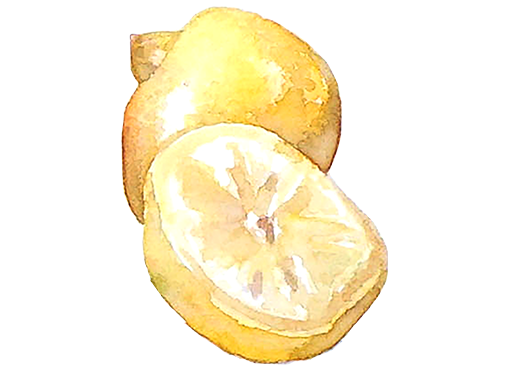
PRESERVED LEMON
Preserved lemon is a staple to Moroccan cooking for its uniquely briny, floral, and deeply lemony taste. The whole lemon is cured in sea salt for four to eight weeks or more, then used to elevate classic tagines and salads as both an essential ingredient and garnish. Preserved lemons play a key role in the great Moroccan tagine: chicken with preserved lemon and olives.
r
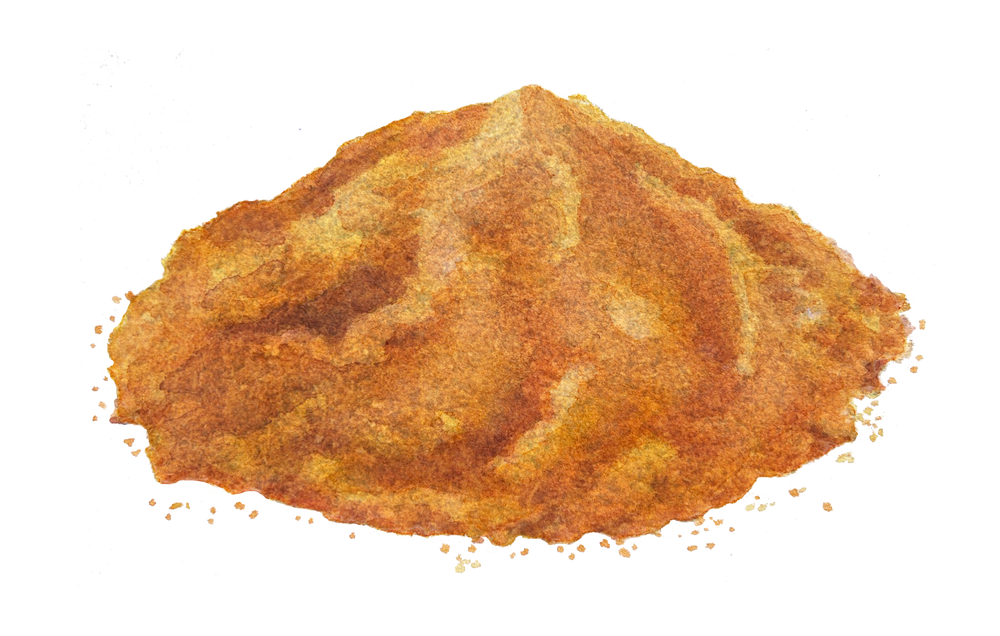
RAS EL HANOUT
Ras el hanout is the famous Moroccan spice blend sold in every souk and in every spice shop throughout Morocco. Spice dealers (attars) are extremely secretive about their precise recipes, though certain spices regularly make an appearance in most ras el hanout blends: cumin seeds, coriander seeds, nutmeg, cloves, cinnamon, turmeric, allspice, cardamom, ginger, cayenne, mace, nigella, and black peppercorns. No matter the exact mixture, ras el hanout is used in every Moroccan kitchen for tagines and specialty dishes.
s
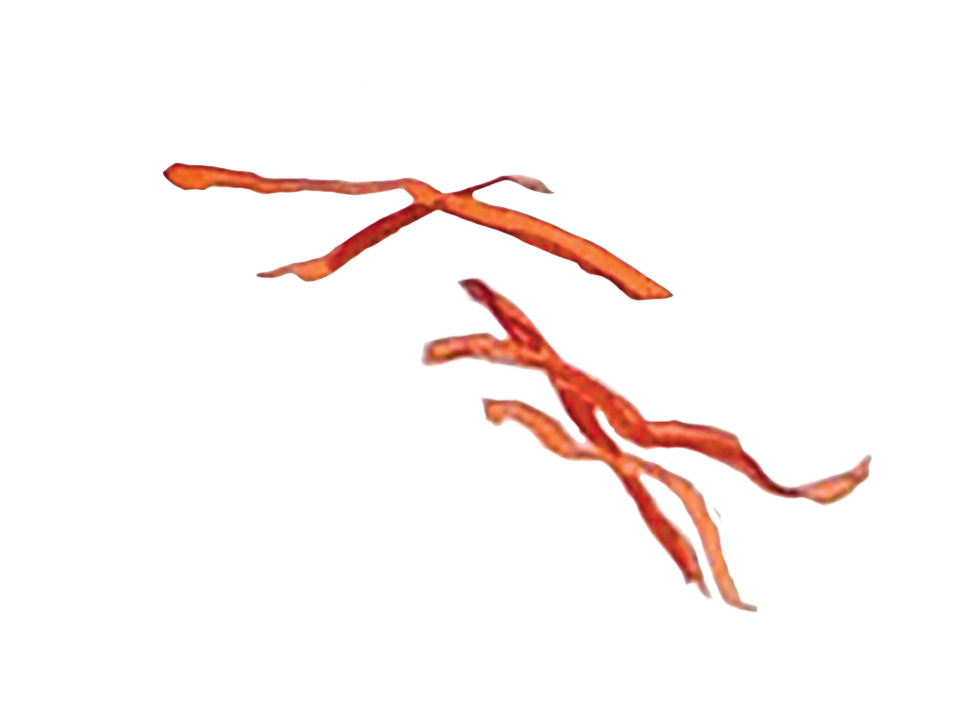
SAFFRON
Saffron is a quintessential spice in Morocco, where it goes by the namezahfran. A few threads (or a pinch in powdered form) add an earthy, delicate flavor and a gorgeous gold hue to a variety of dishes, including tagine, couscous, andbastilla, a savory Moroccan chicken-filled pie served on special occasions.
t
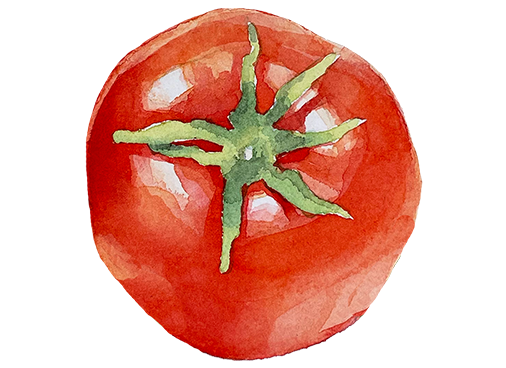
TOMATO
Tomatoes are a cooking staple in Moroccan cuisine, used in everything from cold and cooked salads (includingzaalouk, starring eggplant and tomatoes) to shakshuka, bean dishes, soups, tagines, and stews. They add a bright juicy flavor and rich texture while providing a hint of acid.

TURMERIC
Loved for its distinct marigold color (similar to saffron), mild pepperiness, and warm aroma, turmeric gives an earthy quality and wonderful depth of flavor to a variety of dishes. Turmeric is a staple in Moroccan tagines andras el hanoutspice blends.